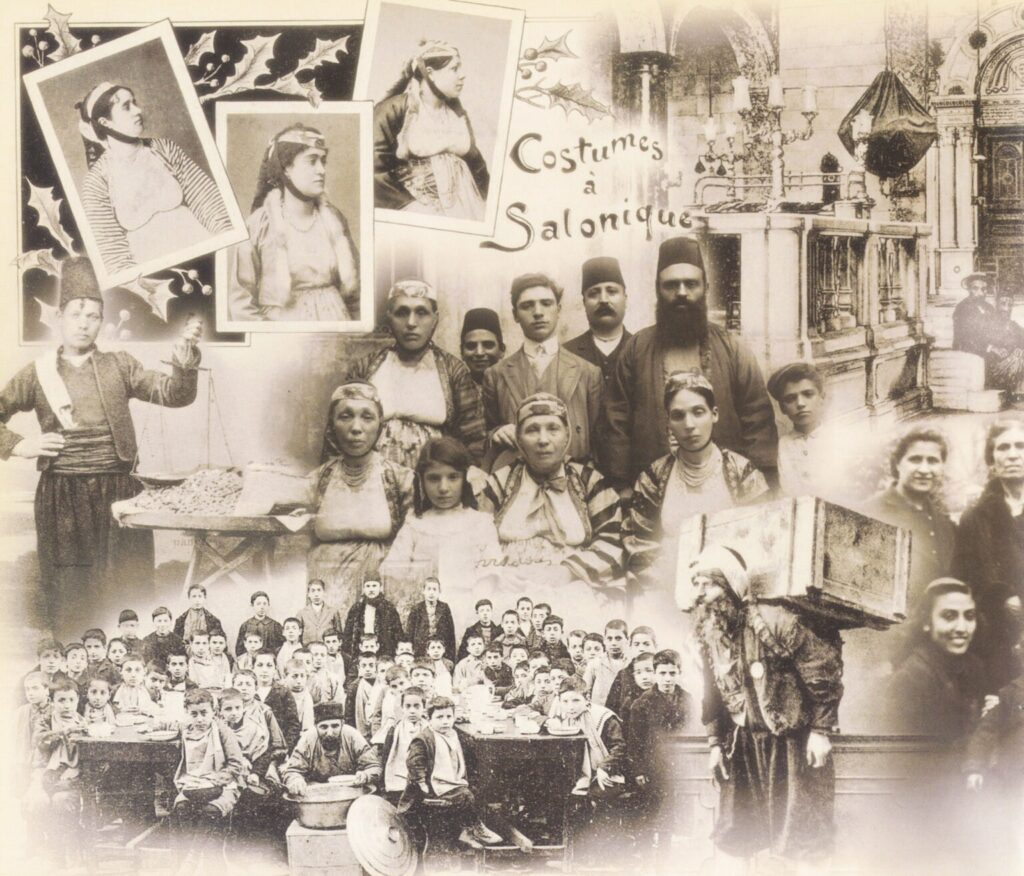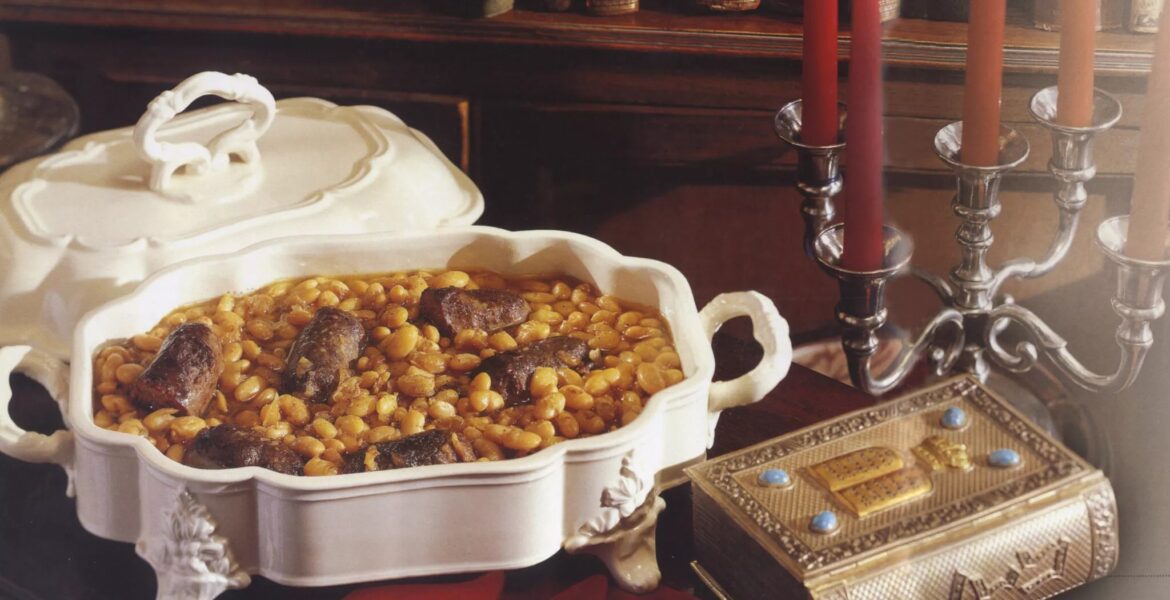We remember old traditional recipes of the Sephardic Jews of Thessaloniki, whose community numbers are decreasing year by year. This cuisine has its roots in Spain, the country of origin of the Sephardim Jews, who were expelled from there in 1492.
When they came to Thessaloniki, they were partially influenced by oriental cuisine due to the Ottoman occupation until 1912.
The recipes were recorded by Alberto Aruch, the famous connoisseur who wrote history on the cuisine of our country under the pseudonym "Epicuros" in the book - which he co-authored with Nina Benroubi - about the Sephardic cuisine of the Jews of Thessaloniki.
Influences
Naturally, Sephardic cuisine is influenced by Spanish, both in the ingredients and the dishes names.
At the same time, as Epicurus observes, it was also influenced by the social class that cooks it or by its place of origin. Otherwise, the porters and the inhabitants of the mansions in the area of Thessaloniki called Exoches, today's Vasilissis Olgas Street of the city, prepared their food.
The holidays and the symbolism of food

At the same time, the Jews cooked lavishly to celebrate "the Holy Shabbat." Saturday was a holiday for all the residents of Thessaloniki until 1923 when Sunday was established as an official holiday of the week.
For Shabbat, Jews would buy chicken ("gayina") to cook with rice ("arroz") or minced meat ("carne mulida") to make leek meatballs or spinach meatballs ("keftikas de puerro", "keftikas de spinaka" ).
In general, food had and has various symbols. For example, the fish - still eaten today at Easter (Pesach) - was a symbol of fertility while it was prepared at weddings and each holiday for the Jews had its own symbolism, which is why their life was inextricably linked to their diet.
Common elements in recipes
A common element in all savoury recipes is the complete absence of garlic. The only people who ate it were those who had hypertension. At the same time, butter was rarely used in Sephardic cooking.
According to the Jewish religion, animal elements are not combined with milk. But they used butter in their breakfast or to sauté spaghetti or for various sweets and cakes.
Many foods of Sephardic cuisine were fried. Although unhealthy, they were very tasty. What was cooked in the oven was much more difficult as there was no electricity and they were cooked on coals...
A favourite vegetable of the Sephardim of Thessaloniki was the eggplant.
In fact, they likely were the first to bring it to Greece, and then it entered our kitchens, combined with other ingredients and gave one of the most characteristic dishes of Greek cuisine, moussaka.
Niki Koskina is a columnist for Olive Magazine.
READ MORE: Tribute to Greeks who Feed America.


